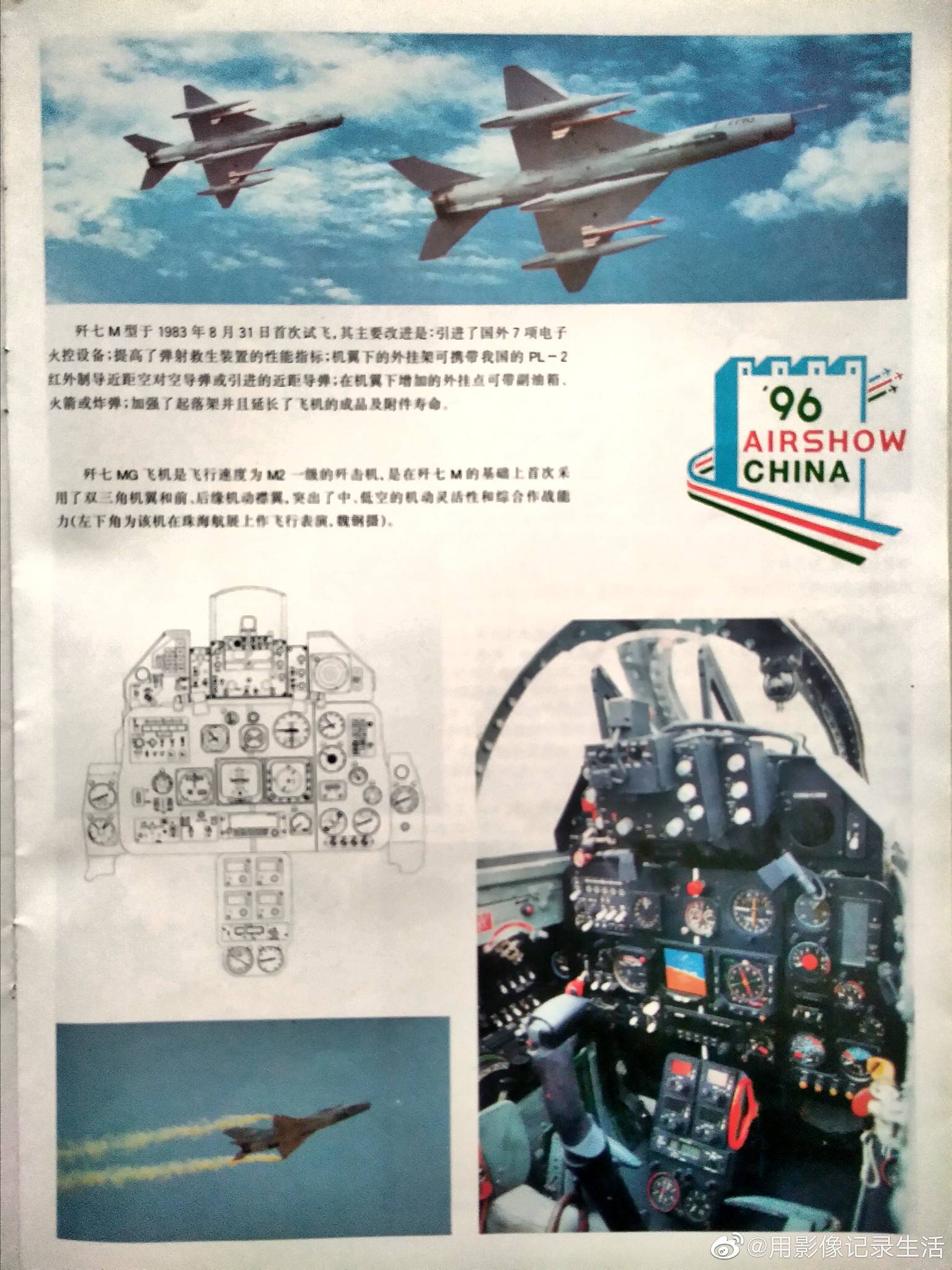This museum piece is still in service?
You are using an out of date browser. It may not display this or other websites correctly.
You should upgrade or use an alternative browser.
You should upgrade or use an alternative browser.
The Q-5, J-7, J-8 and older PLAAF aircraft
- Thread starter adeptitus
- Start date
This museum piece is still in service?
I think this has been discussed endlessly before.
The continued service of old aircraft is useful for maintaining the existing number of units so it is easier for them to convert to newer, more modern aircraft when it gets around to them. Retiring older aircraft without a replacement to convert to, likely means disbanding the unit itself and giving them more work when they inevitably move to reestablish the unit.
This museum piece is still in service?
Also, given their red coloured serial numbers they are from one of the Flight Academies and therefore not from a front-line unit but a training unit.
It can also mean those units are not manned at full size. For example, if they have half as many pilots and crews, then those pilots that are present in the unit can still get some half decent 100-ish hours per year of flight time, even if they're flying half of those hours on one airframe and other half on another airframe. That way those very old planes could still possibly be kept airworthy, since they're not flown very much. Indeed, looking at the satellite images of such J7 bases over time does give an impression there's rarely more than several of those around the airbase.
The downside would be that the unit is still kept under the numbers of personnel needed to operate a full squadron of modern planes. So when and if they do receive J10s, for example, they still might need to expand a bit, personnel wise. Of course, adding 30 or 50% more personnel is still easier than having to start up an airbase from scratch and stand up an unit from scratch.
The downside would be that the unit is still kept under the numbers of personnel needed to operate a full squadron of modern planes. So when and if they do receive J10s, for example, they still might need to expand a bit, personnel wise. Of course, adding 30 or 50% more personnel is still easier than having to start up an airbase from scratch and stand up an unit from scratch.
Got it. Thanks!I think this has been discussed endlessly before.
The continued service of old aircraft is useful for maintaining the existing number of units so it is easier for them to convert to newer, more modern aircraft when it gets around to them. Retiring older aircraft without a replacement to convert to, likely means disbanding the unit itself and giving them more work when they inevitably move to reestablish the unit.
Blast from the past. J-7MG and its cockpit.


Despite being designed in the 50's, the J-7 is still a beautiful plane......
I think this has been discussed endlessly before.
The continued service of old aircraft is useful for maintaining the existing number of units so it is easier for them to convert to newer, more modern aircraft when it gets around to them. Retiring older aircraft without a replacement to convert to, likely means disbanding the unit itself and giving them more work when they inevitably move to reestablish the unit.
The upgraded J-7G's are not bad at all..but yeah I agree it is better to have older aircraft in service than disbanding an entire unit because there aren't enough newer aircraft. The basic skills of being a combat pilot is not that much different between different generations of aircraft.
As long as the older aircraft are safe, keeping them in service isn't a big issue IMO. Unlike India which has had a lot of crashes with their Mig-21's, China is able to make every part of the Mig-21/J-7's, so the airframes are overhauled domestically with new replacement parts.
just wondering, is there any J-7G cockpit photo out there? Really curious about how the latest J-7 family avionics looks like.
Hyperwarp
Captain
just wondering, is there any J-7G cockpit photo out there? Really curious about how the latest J-7 family avionics looks like.
Haven't seen a J-7G cockpit photo but it probably looks like the F-7PG cockpit -
Bangladesh has an improved version ()


